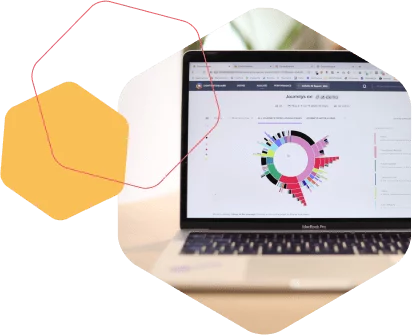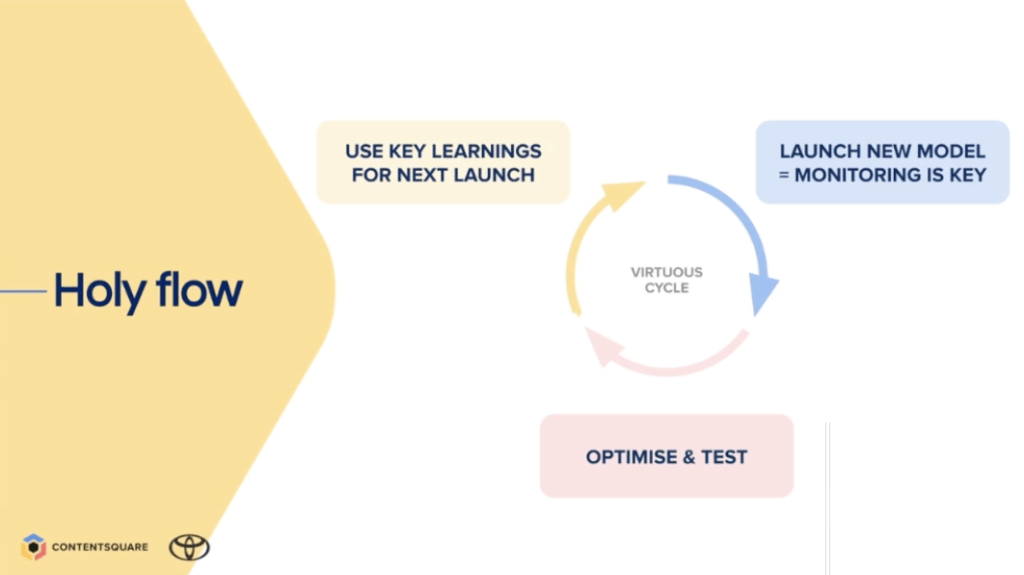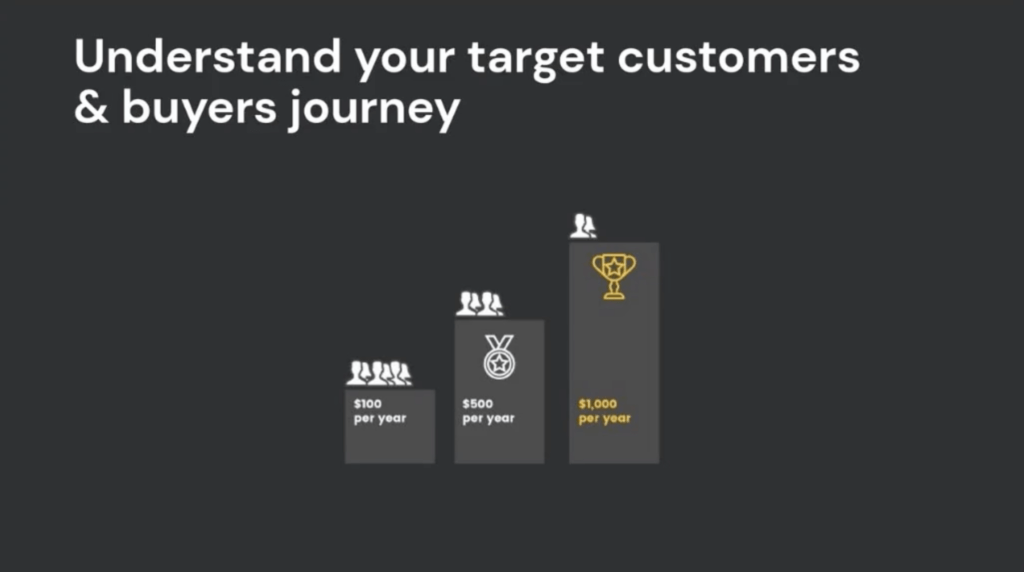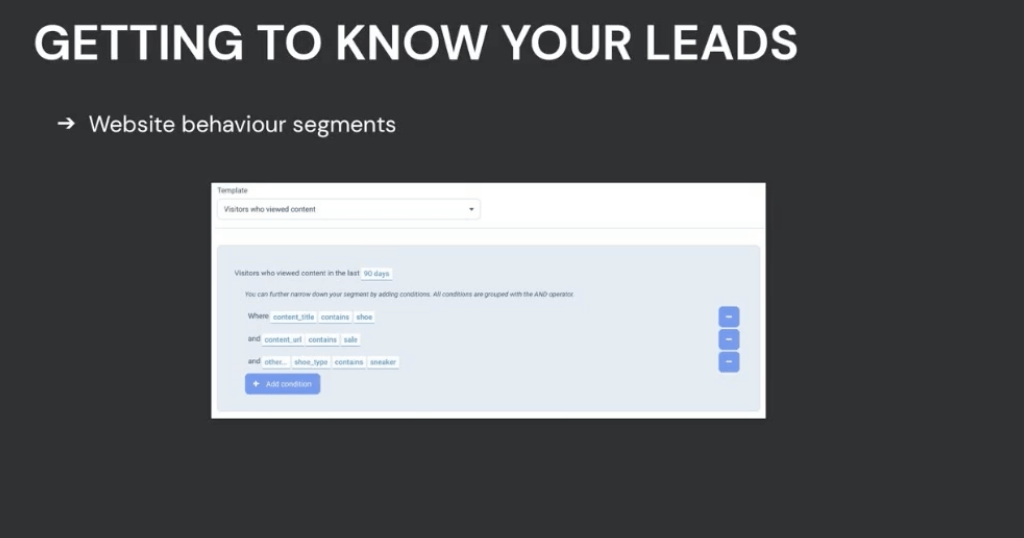
Humanizing digital CX
Learn how Toyota and New Balance are creating more human digital customer experiences

But today, personalization is much more than just a nice-to-have! When almost 50% of visitors leave a website after seeing only 1 page and only 15% are happy with their online shopping experience, personalization is an absolute necessity for businesses.
So, how can you personalize user experiences and bring the “human” back into digital?
We were joined by experts from Toyota and New Balance at our latest event Power to the people: Humanising digital CX. During the session, they shared their top tips on how to create seamless digital experiences:
Humanizing digital CX Learn how Toyota and New Balance are creating more human digital customer experiences
For the last six years, Gregory Donge has been the Website Manager at Toyota Belgium. At the event, Gregory shared multiple use cases on how they test and analyze data in order to personalize their user experiences and marketing campaigns using Contentsquare.
“The Contentsquare solution allows us to monitor and deep dive into user insights. Everything that we set up is analyzed by the solution,” He said.
Gregory shared a three-part cyclical process that helps them dive deeper into user insights, which he calls the “Holy Flow”. He highlighted the importance of this iterative process for improving user experiences when launching a new landing page for a new product.

“You really need to monitor closely what you’re setting up from day zero until the end. Then, of course, you need to optimize and test,” Gregory explained. “And finally, you should use the key learnings for your next launch. This process is something you need to iterate and do again, and again to have an improved flow at the end“.
Finally, he suggested always structuring user experience analysis. “There’s no use in just driving insights and analyzing lots of things,” he said, “It’s really important to always know how you want to do it, how you want to approach it, and again WHAT you want to analyze.”
Ready to get personal? Get access to our Personalization Hub to get insight from market leaders and take your digital experience to new heights.
Jessica Bartlett, CRM Manager EMEA at New Balance said that personalization is all about understanding your target customer, and where they are in their buyer journey with your brand.
“At the end of the day all your end goals or your end KPIs might be the same, but all customers are different and they’re coming in from different channels.” — Jessica Bartlett, New Balance
She said to start with customer tiers according to spend to understand where your customers are in their journey. “I like to put customer tiers into three categories, but it depends on your brand, your strategy, the data you have in your system how many you want to have” She explained, “I go from a high touch, a low touch, and a no-touch ”

Jessica gave a breakdown of each tier.
Jessica explained that having tiers is really helpful when creating a personal experience for your customers. “You know where they are in their journey, so you can easily tailor the message that you’re going to send to them.” She said.
For further personalization, Jessica mentioned segmenting within tiers, “Within your customer tiers, you’re going to have different segments depending on the type of service and products you offer.”
This leads us nicely to the next tip…
Jessica’s second tip on how to personalize user experiences was using good old website behavior segments.
“One thing I think is really important is thinking about the website behavior of your customers. So what they’re doing while they’re on your site” she said.

Jessica shared that using existing customer data is a good source of insights for segmenting. “It’s possible to create segments in your CRM on the data that you already have based on previous shoppers, but you can also go on to your website and create segments.”
She recommended creating different segments based on previous shopping behavior. “Like visitors who have viewed your products within a certain amount of time, and then you can hone it down to say if a visitor that has looked specific product pages or specific styles,” She explained, “That way you can create a segment out of users and leads that are already interested in that style.”
Segmenting is a crucial step in understanding customers and personalizing their experience with New Balance. “Building segments is important because you’re really understanding the journey that your customers are taking in your customer tiers,” said Jessica.